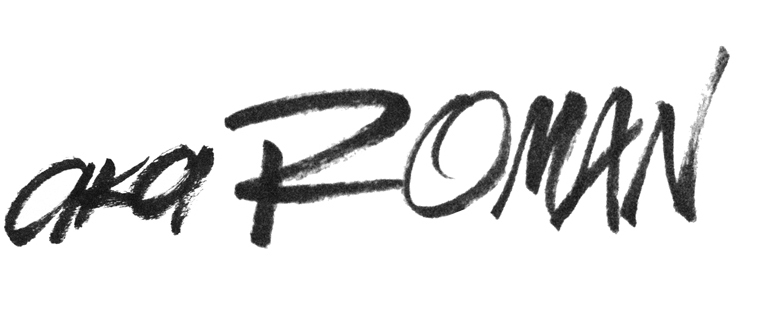Developing Mixed Reality Viewer For Windows
Directed product shots for MRV on the Microsoft store.
Objective
The goal of the project was to create a tool that allowed creators to take their ideas to the next level whenever inspiration struck them. We wanted to empower creators to go from idea and production to the real world. We made a self-contained XR creation experience.
Still from a concept video I filmed for Mixed Reality Viewer.
What is Mixed Reality Viewer?
With using just the camera on a Windows 10 PC, Mixed Reality Viewer boosts visual creations with our collection of animated models or the user’s own 3D models. Users can mix the digital and physical, push the boundaries of reality and capture it all with a video or photo to share.
MRV commercial, roles: design, compositor, editor, colour correction
Approach
On the technical side we looked at the different file types we would be able to handle, real world light inheritance, ambient shadows and the memory restrictions on the models created. We identified different creation checkpoints and researched how we could make creation rewarding for the user.
Refining the emotional impact of object being placed in the real world.
For features, we identified how we would use the product and how we could benefit from using Mixed Reality Viewer in our process. Our team was comprised of designers, 3D artists and motion graphic artists.
Within our group the things we thought would help us the most in content creation were:
Fluidity to move from conceptualization to production
Animation elements
Flexibility with real time updating
The ability to move from production tools such as Microsoft Paint to Mixed Reality Viewer seamlessly
The ability to use with multiple products
We compared our wish list of features to those described as desirable by teachers, students and other creatives. We wanted to see what the end users reactions were to our apps’s empowering moments; was it as exciting as we thought? Was it as functional? We wanted to observe how they not only worked with our app but also wanted to hear the questions they asked about it. I wanted to get into their headspace of how they were thinking about using our app. We hoped we would create moments of magic through creation and ease of workflow.
Surface view, understanding and researching; learning with 3D content.
MR in context, early prototyping and research the future of experience learning.
Findings
AR in apps such as Instagram, Snapchat and Facebook are at the touch of your fingers; our audience was expecting what they were familiar with as the base level of functionality. Our magic moment was more cerebral in the sense that students, teachers and creatives could see the potential of taking creations and making stories, videos, art and content in compelling ways where special skills weren’t a necessity.
I believe where AR will gain the most traction is in the training or educational field. It has the ability to show scale, spatial experiences and live updates. Right now we are using handheld devices to preview the AR breaking the suspension of disbelief. Once we use glasses or contact lenses and we’re able to see AR without having to think about it, it will leave a longer standing impact.
One idea that was validated strongly was animation. We wanted animation and our users wanted animation.
Concept development of the Mixed Reality Viewer app.
One thing that I wanted to see was the ability to upload a movie or image from your personal library and add it as a background behind your 3D creation. I believe it would have given more flexibility to the user in creating content for multiple uses and platforms.
Conclusion
We created exactly what we set out to do. We met our deadlines and as a team we were put to the challenge in trying to fit functionality with a philosophical goal of democratizing creativity. We pushed the research process by hosting focus groups in schools and with experiential presentations with teachers. We also learned how we could leverage our own 3D creation tools and community with existing tools (Cinema 4D, 3DS Max, etc.) and we gave tools to novice users without alienating the more advanced creators. I am excited to see what people create with our app for projects, presentations and more.










